
RockShox Pike Solo Air 26 and 29: Reviewed
The RockShox Pike set a new benchmark for trail forks. Black, light, and an on-trail feel that delivers for a wide variety of riders. Both Cam McRae and Morgan Taylor have spent significant time on their Pikes, and we’ve let loose their thoughts in a “he said, she said” review.
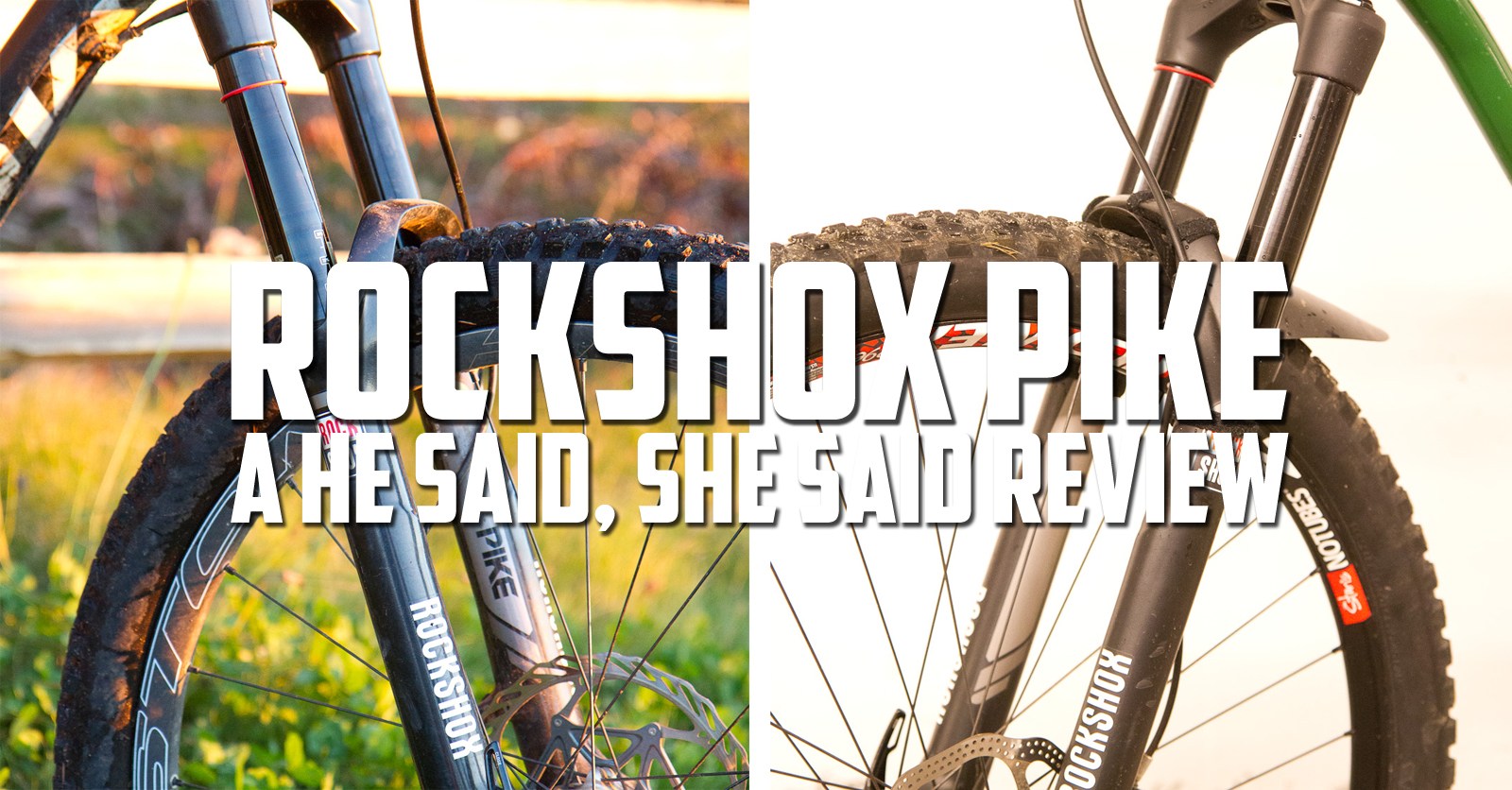
Cam McRae: 26″ Pike Solo Air 160
How would you like to ride a suspension frame with a rigid fork? As appealing as an XC ride on a 90s DH bike. Your fork does most of the smoothing when you are descending, provide support when you’ve got the power down, and of course point you in the right direction without porking out the front of your bike. It should deal with small impacts efficiently without going too deep into the travel while being simultaneously prepared for larger impacts. And it better do all of this in a controlled fashion. Conflicting demands make the balance delicate but it’s essential: If you have a crappy fork you have a crappy bike.
Time on the injured reserve list left me out of the Pike party for the first half of last season. When it came time to slap on a black beauty I was careful not to read anything about set up unless it was from RockShox. I heard anecdotal impressions about performance but I stayed away from any printed editorial as well. I wanted to come in as fresh as possible. For the test I fitted the 160mm Solo Air model to a 26″ Specialized Enduro frame.
Like an obedient journalist, I set the fork up to RockShox specifications for my weight. I pumped it up to 75 lbs, set up the damping and was off to the races, expecting to be tickled rosy. Unfortunately I wasn’t. The fork didn’t have the small bump sensitivity I’d been hearing about but it did have a tendency to blow through its travel in linear fashion. The worst of both worlds. Clearly I couldn’t lower the pressure to solve this problem so I played with the compression damping without success.
After a few rides I remembered the tokens. In my quest to avoid outside influence I gapped on an essential adjustment component of the Pike system. The plastic spacers, dubbed ‘Bottomless Tokens’ by RockShox, decrease the volume of the air spring. Add a token (or two) and the spring rate will ramp up more quickly. So I tossed one in. It was a huge job taking me about four minutes. The token led me to my happy place. I eventually reduced the pressure to 68 lbs and my reports began to glow.
The small bump sensitivity arrived but big impacts no longer pushed abruptly through the travel. It did indeed feel bottomless. The mid stroke support is distinct and it keeps the ride height nice and high so you are ready for the next impact. Once the token was in I was also able to dial in the small bump compliance. Now the Pike made things silky in the top of the travel while transferring enough feedback to give a distinct sense of the trail beneath you. There is no deadness nor wallow. An excellent balance.
Even after all this time I was skeptical about the 15mm axle. In my experience there is little or no weight benefit for a 15mm axle and there is a performance penalty. Not that I’m pointing a finger at Rock Shox, who fought for 20mm longer than anyone. Despite my grumpy reticence I’ll admit the axle combines with the 35mm stanchions and asymmetrical lowers to provide precise handling and confidence inspiring rigidity. Point it and it goes where you want – but I’d still jump at a 20 mill version. I’m finally done with that dead horse.
I did have a small issue with the Pike. About three months in I visited Arthur at Suspension Therapy to go over my set up. Mr. meticulous measured the stanchion exposed and found it about 6mm too short (according to Arthur there should be approximately 163mm of exposed stanchion for the 160mm travel version). The Solo Air cartridge had lost some of its equilibrium.
Apparently negative pressure can sometimes build up in the lowers and pull the fork down a few millimetres. This can be caused by a damaged or worn o-ring but sometimes it occurs without any damage. If it is the latter the pressure can be released by opening the lower legs and releasing pressure. The former requires seal replacement. I sent the fork to Shawn Cruickshanks at Fluid Function in Whistler for service, and it returned fully erect.
Since that time the fork has performed flawlessly with no maintenance at all. In fact it seems to be getting better. According to SRAM the Charger Damper should be maintenance free until mountain bike Slopestyle becomes an Olympic sport.The Pike has met my riding needs perfectly from the dusty trails of the Okanagan, to Whistler, Squamish and Leavenworth and locally on the North Shore. I’m a Pike Belieber.
Morgan Taylor: 29″ Pike Solo Air 140
It’s funny now to look back at SRAM’s marketing material from the Pike launch last year. Jeremiah Boobar is sitting there in Sedona telling us the fork “stays higher in its travel”, “feels more plush”, and so on. I had all but forgotten about the original video from April and the three very well-produced Charger damper promo pieces that came out in September. I’d ridden a few Pikes over the season on test bikes and knew it was something special. When it came to mount one up to my own bike, I just rode the fork.
I simply put 85 psi in as per my 180 pound weight via the chart on the left fork leg, dialed in a few clicks of low speed compression and rebound to taste, left the Charger full open, and didn’t touch the settings for over 10 rides. I was blown away – I’m a compulsive tinkerer with settings in the first few weeks on a new setup. While marketing departments invariably tout a new product as the best yet – and we’ve come to be skeptical of these kinds of statements – Boobar was speaking cold hard truth.
While off-the-top plushness is part of parking lot feel and the “test rides” that bike buyers choose their new steed based on, it’s mid-stroke support that really matters out on the trail. Lighter forks haven’t had a history of having dampers that truly work hard, and the answer is, inevitably and unfortunately, more air. As a result, I’ve become accustomed to sacrificing small bump compliance for better performance where it really matters.
Conversely, the Pike was nice and smooth off the top – like a fork without enough air usually feels – but had incredible damping support in the mid stroke. This was the softest fork I’ve ever been happy to ride – one that feels as good in the parking lot as it does riding steeps. I will admit that I bottomed out the fork on the regular, but the mid-stroke support is so good that I never felt compelled to put more air in it.
At this point my inner tinkerer got the best of me and I decided to start playing around with the setup. As Cam notes above, one token brought his Pike to life – but his initial experience was much different than mine. I called up Cruickshanks – aka the Wizard – to ask about this token business.
Immediately I felt a nag of regret about my decision to pick up the phone. Shawn’s a busy guy and I appreciate any time he can take to explain the more complicated side of suspension. “If you can’t change the tokens on your own, you’re going to have to go take a basic mechanics course.” Yes, it’s as simple as letting the air out, unscrewing the top cap with a 24mm socket, and screwing the token to the cap.
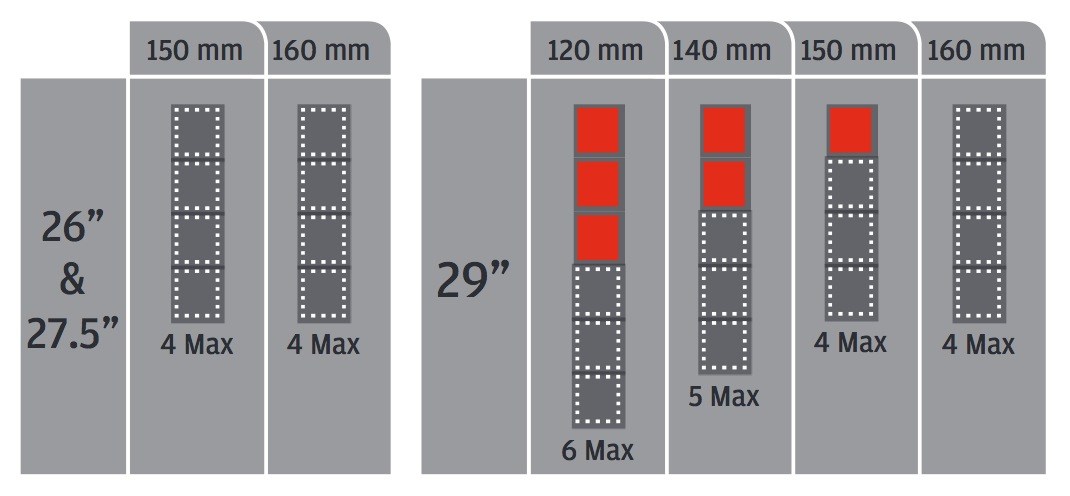
RockShox factory tunes the spring rate in the Pike using tokens in certain forks. As you can see, the 29″ 140 comes with two from the factory.
Back out on the trail with reduced air pressure to compensate, I found my Pike performing more like the underdamped forks I mentioned above. The air spring ramped up quickly, and I was having trouble getting full travel out of the fork with the air spring set to give me mid-stroke support that I liked the feel of. After a few rides with the extra token in, I pulled it back out.
Last year I spent a fair amount of time on the Fox 40 Float, which was my first experience with easily adjusted spring volume – and I liked it. In other forks we’re stuck with dumping oil into the spring to reduce air volume. The RockShox token system, expanding this year to the Boxxer and inverted RS-1, is a great addition for discerning riders.
However, in more than one instance over the past year, I’ve ridden bikes set up with one token more than stock and have preferred them with that token taken out. Compression and rebound damping are only part of the end feel of a fork or shock, and the ability to fine-tune components to a rider’s tastes is pretty damn awesome.
In the case of the Pike I like the feel of more air volume, and find the step in spring rate provided by a single token to be just a bit much. On more than one occasion I’ve considered taking a token to a belt sander to create a half token, but then on this particular fork I have been completely content with it as is.
The Pike has been the go-to in the OEM mid-travel market since it became available and distributors are consistently selling out of them in the aftermarket. Finding a rider who prefers the Fox 34 is challenging. Fox’s answer is a new 36 which gets a lower axle-crown than its predecessor, an RC2 damper, and will be competitive in weight. We can only wait and see where this market goes next, but it’s undoubtable that the Pike has pushed what we expect out of a fork at this weight.

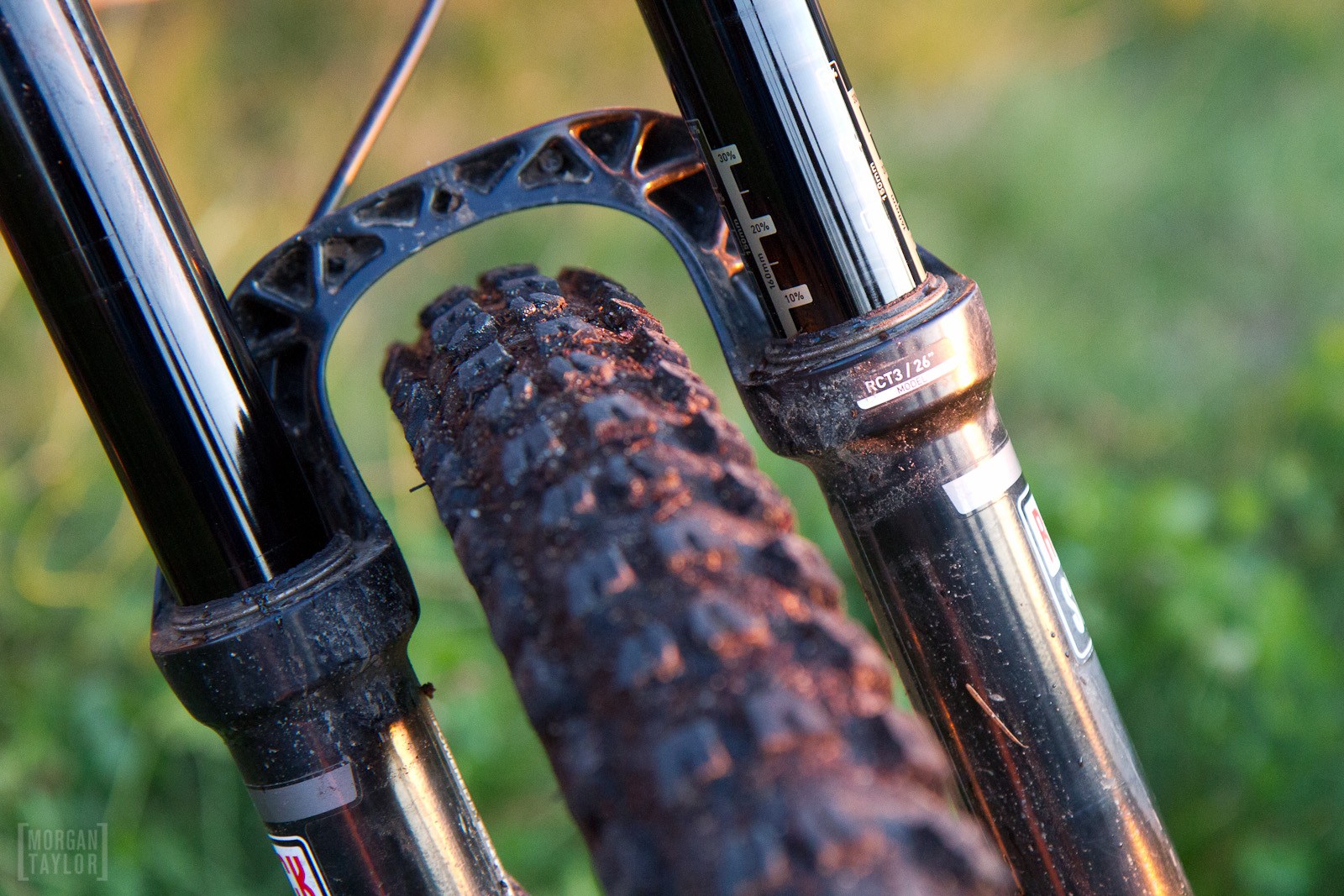

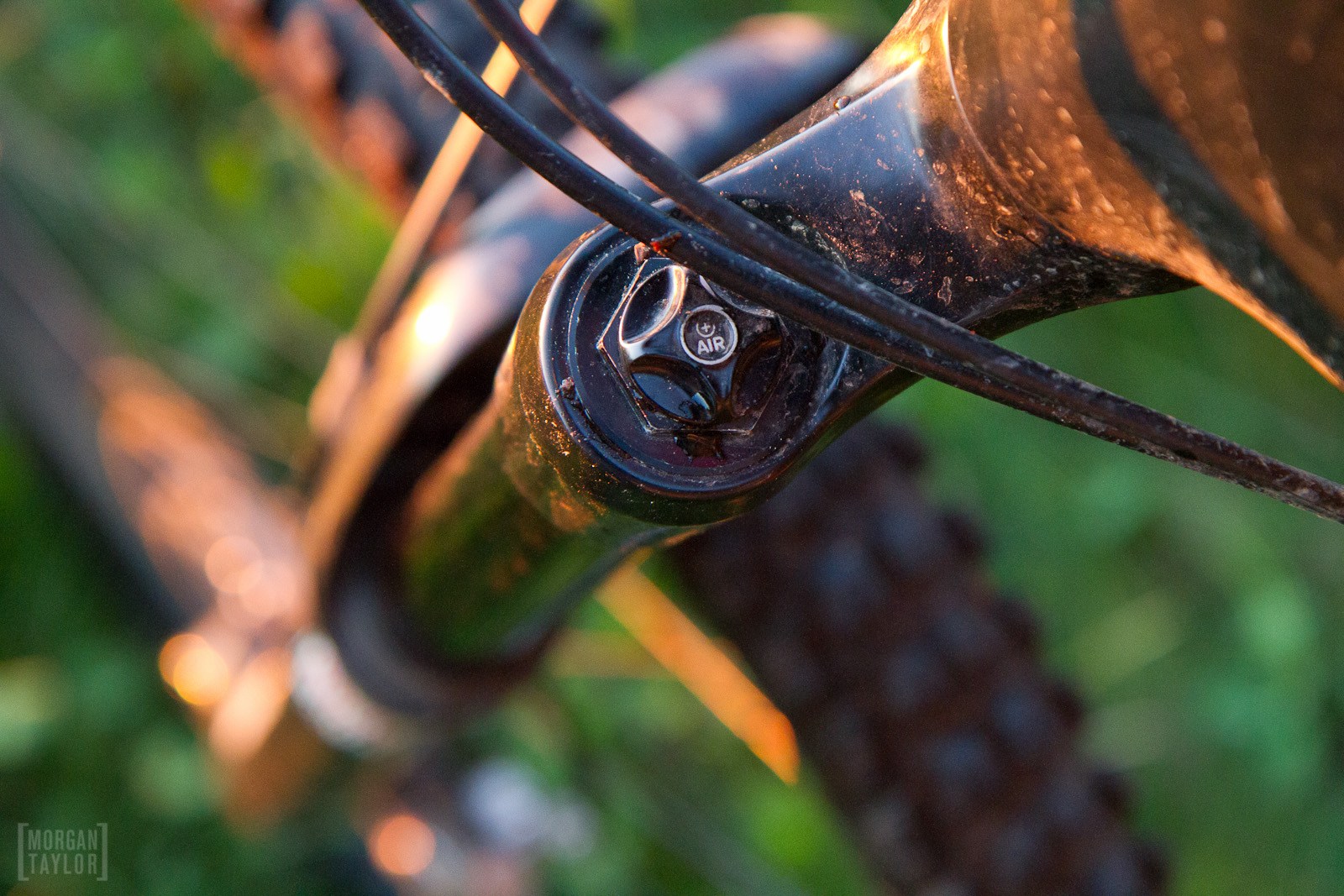

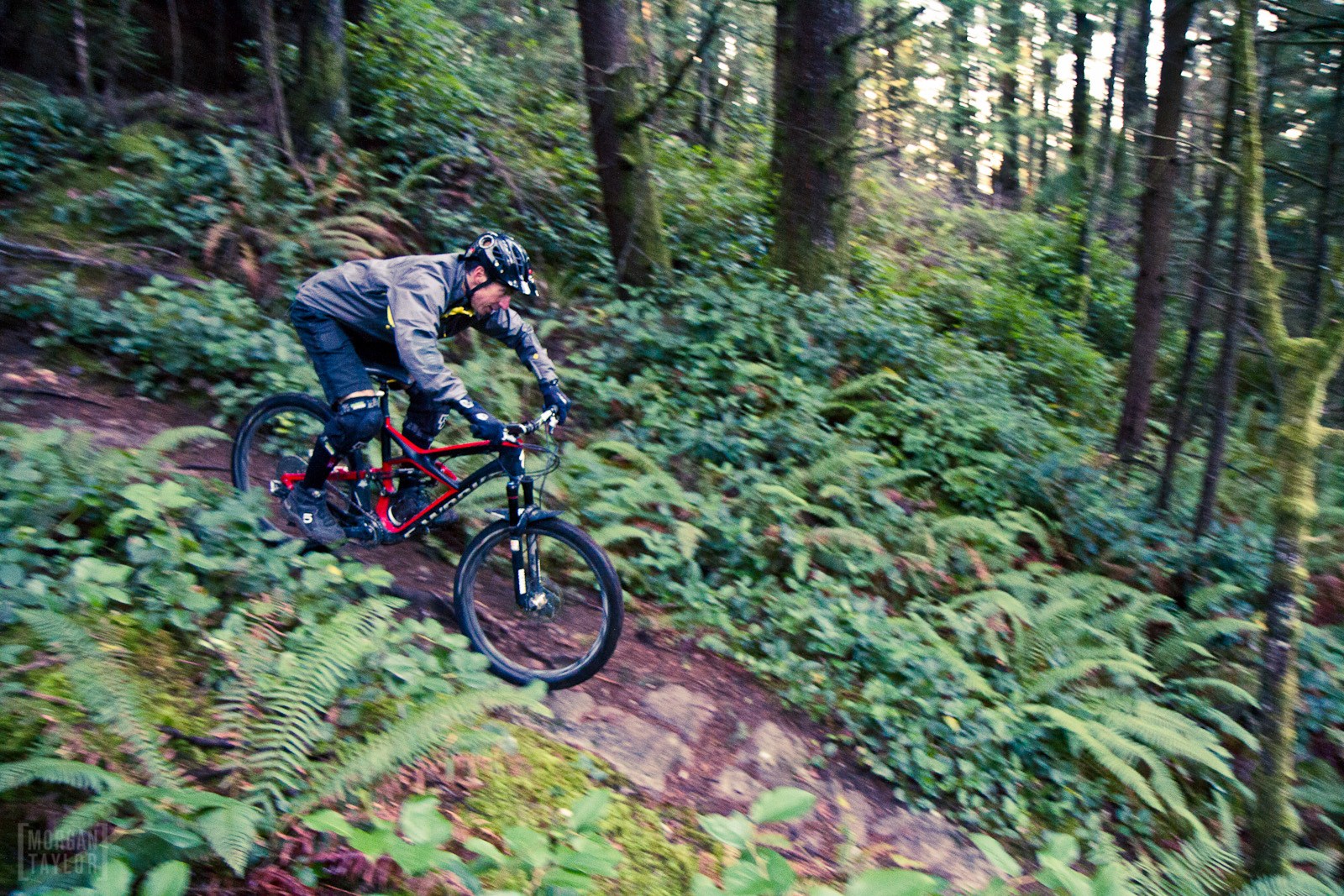
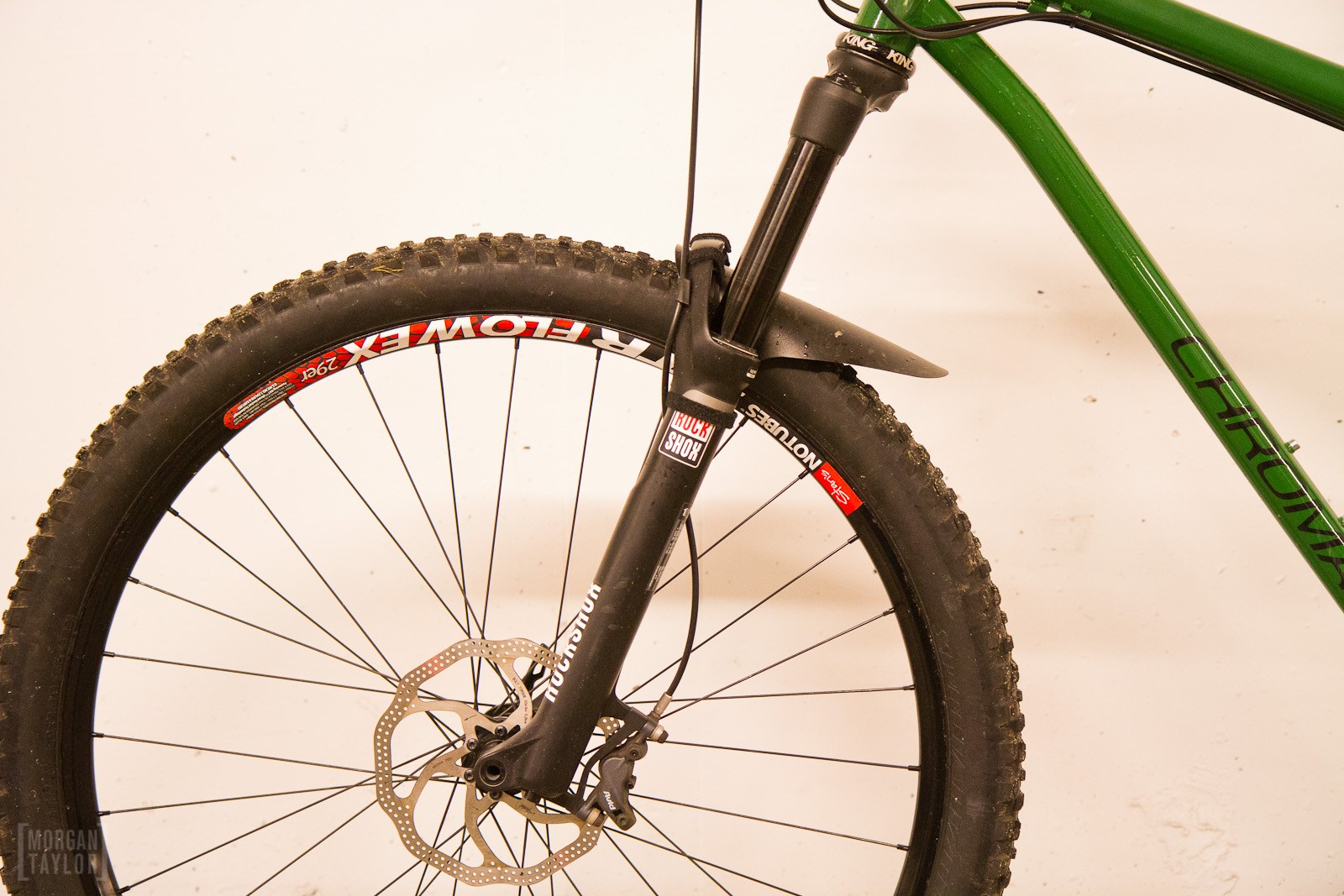


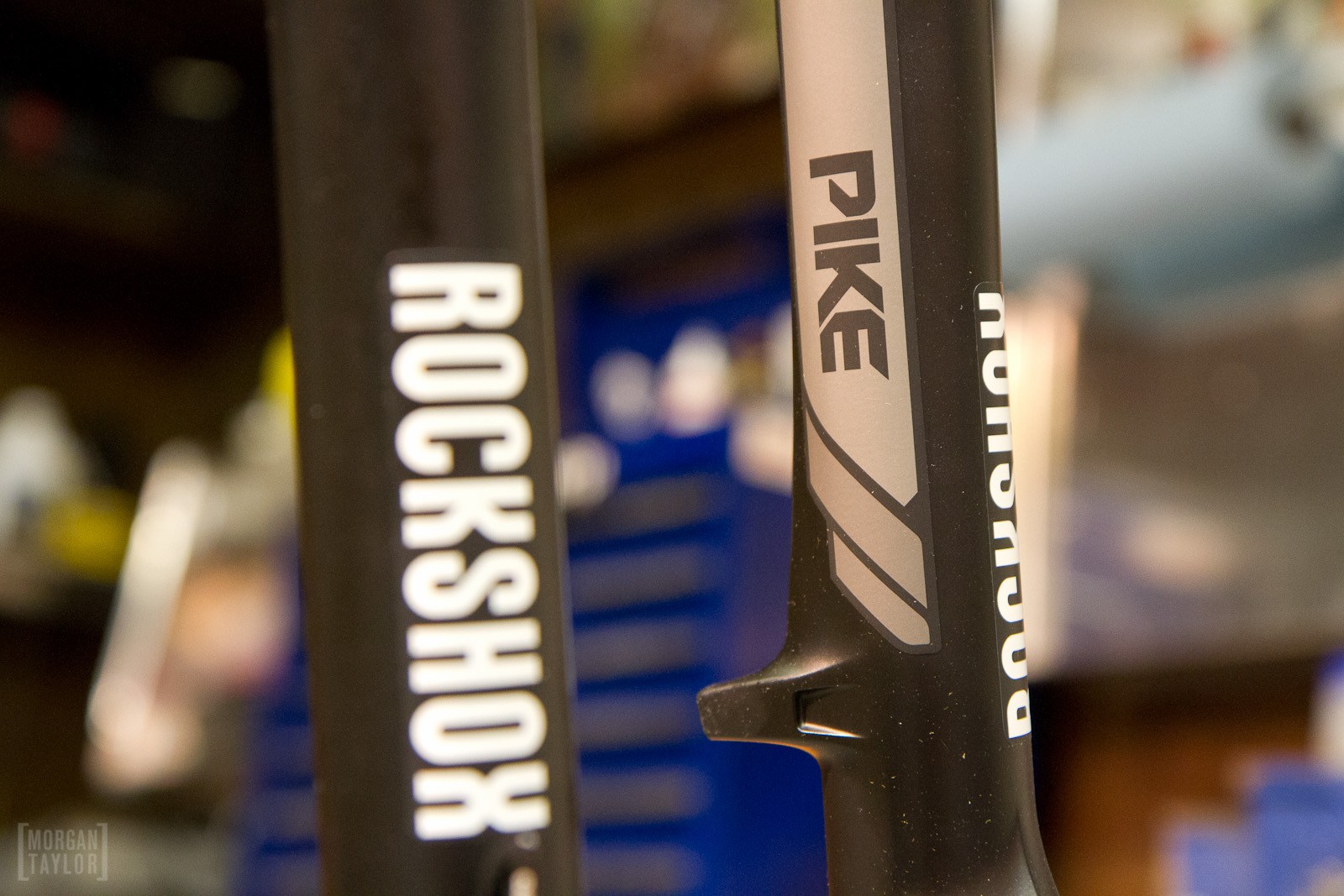







Comments
lister_yu
9 years, 11 months ago
As far as I can tell my pike (dual position 160mm 650b) suffers the described problem -> does not provide the full amount of travel. You said that negative pressure or a broken seal might be the problem. In which leg does the negative pressure build up?
Reply
Mike Barnes
9 years, 11 months ago
I've been able to find a good amount of info on the pike solo air, specifically around custom tuning with the tokens. Anyone have experience with the dual air pike? I know you can't add the tokens to a dual air, so how do you play with the set up of the DA?
Reply
boomforeal
9 years, 11 months ago
there's no "dual air" (i.e. adjustable pos and neg air spring) pike: there's the static travel solo air, and the dual-position air, which i think is also a solo (pos) air spring with travel adjust. afaik you can't adjust the size and feel of the air spring on the dpa pike - it is what it is. a friend who owns a dpa pike likes it okay, but he can't find the sweet spot where the fork is both supple off the top and rides high in its travel
Reply
RV
9 years, 11 months ago
Would also like to see reviews of products not so mainstream such as the X-fusion Metric. We all know this fork is fantastic already.
Reply
RV
9 years, 11 months ago
I didn't think negative or positive air pressure in the lowers of an air fork was a new thing. You have to drop the lowers once in a while anyways. I don't really see that as a valid complaint. This high performance stuff needs care and attention. Otherwise get a nice marzocchi product.
Reply
Jerry Willows
9 years, 11 months ago
happened in my Lyrik as well a riding buddy.
Reply
Kyle Doherty
9 years, 11 months ago
I've noticed that after doing a slider service, it can be difficult to bottom out (with no tokens) sometimes. Most recently, I tried letting all the air out of the air spring, and fully compressed the fork before I put the foot nuts on, and now I can bottom the fork more easily.
Reply
Cr4w
9 years, 11 months ago
I love this fork. Its midstroke support is evidence that they want me to be happy. In hindsight every single Fox single crown fork I've had sucked in this regard; almost like they wallowed by design. I was always getting them revalved and customized so they'd ride higher in the travel. Now there's a better option and I'm not likely to go back. Once I switch my RP2 to a Monarch or CCDBA I think that will be the end of my relationship with Fox.
Reply
MaciekD
9 years, 11 months ago
Manitou Mattoc is competitive!
Reply
Derp
9 years, 11 months ago
Small bump sensitivity, excellent progressiveness, and a very stout chassis sounds like the X Fusion Metric HLR to me. Except the XF has a 20mm axle, air bleed valves, and costs much less. 🙂
Reply
Drew
9 years, 11 months ago
I bought an XFusion Metric HLR last month and lowered the travel to 160mm for my Norco Range Aluminum. Wayne, you're spot on. I couldn't be happier with the fork. With that stated, I have only test ridden the Pike on a couple of trails without a Token installed. At 215lbs and 6'4″, I think it would be fair to say that one or two Tokens could have yielded a better experience. I'm not stating that the XFusion is "the" way to go, but I'm very impressed with what the XF staff has been producing. Not to mention, the customer service for questions about fork set-up was FANTASTIC!
Reply
Derp
9 years, 11 months ago
I lowered mine to 160mm as well. I can't say enough good things about this fork. Reliability is a huge plus too.
Reply
earle.b
9 years, 11 months ago
Uh Wayne P / Lowcard don't you have some connections with X Fusion? I recall before your name change in the forums you touting lots for X Fusion, now your return under a new forum name and an Xprezo fully decked out in X Fusion stuff.
I have no connections with SRAM, just find it odd that someone comes in and starts pumping another brand in the comments.
Reply
Derp
9 years, 11 months ago
I'm not hiding anything. I buy all my stuff with equal opportunity across the board. I just really like the XF product.
Reply
boomforeal
9 years, 11 months ago
i feel like we've heard this line before… http://bb.nsmb.com/showpost.php?p=2485228&postcount=9
Reply
Derp
9 years, 11 months ago
I feel flattered that you care so much about my personal life, but if you really want to know more I prefer the old fashioned method of stalking. J/k Brian from RCS gives me good prices, but I could also get good prices on some other brands through my pals in the industry. I choose to run XF because I really like the product. I mean, I am paying for everything, so why would I choose to use product I don't like? Why would I not hype up great product? I'm way to old to not use what I want to use. I'll be getting nekked in my living room window later if you'd like to come sneak some pics Dr. Holmes. 😉
Reply
Steve
9 years, 11 months ago
A couple of questions:
1. I've read elsewhere reviewers saying that in a bikepark situation they experienced what they could only think of as "bushing bind." When really digging in in a rutty berm. Any signs of this?
2. Creaking. We all know over the last who knows how many years certain single crowns have been developing creaks. Any issues as of today?
Reply
Kyle Doherty
9 years, 11 months ago
I've been riding my 160mm pike for about 6 months now, and in answer to you questions:
1) Within 3 months i noticed a knock coming from the damper side when the fork was unweighted. If you put your finger between the arch and stanchion you can feel the slop. When the fork is weighted beyond 10% sag, this goes away. I do not notice binding or harshness in bermmed corners.
2) The csu started creaking in the same amount of time. If you pull the wheel, flip the bike on it's back, and grab your choice of legs you can feel it clicking at the top of the stanchion where it meets the crown (both legs). To be fair, I've had this issue with Lyriks and Float 180's, and it's just the reality of modern single crown long travel forks, imo. While mildly irritating, I love it, as I wait until near the end of the warranty period and send it back, and am rewarded with a brand new fork after two seasons.
Reply
Cam McRae
9 years, 11 months ago
I haven't had the Pike I've been riding in a bike park Steve but I've been in some rutty berms without experiencing what you are talking about. No creaking yet after 10 months or so of use..
Reply
Rob Steep
9 years, 11 months ago
Doesn't the 140mm Pike already come with two factory installed tokens?
Reply
Morgan Taylor
9 years, 11 months ago
Correct; that's the RockShox factory tune. I've added an image showing which forks get tokens from the factory. Bottom line is I tend to prefer Pikes with their factory setup while some riders prefer the more progressive feel of an added token.
Reply
Rob Steep
9 years, 11 months ago
I agree with you that the 140mm Pikes definitely don't need an extra token, the two installed at the factory is enough. I've only had mine for a couple of weeks so far and was initially disappointed when I did the good ol' car park test comparison with my friends 160mm Pikes. They feel totally different out of the box. The 160's (with 0 tokens from the factory) feel really supple and linear but the 140's (2 tokens factory installed) feel very firm and progressive by comparison. On the trail they feel amazing though and I'm more than happy with their performance but if anything I'd be more tempted to remove a token to reduce the ramp up slightly. Adding a third one would just be way too much for me.
So while the longer travel versions could probably benefit from the addition of a token or two, the shorter travel models with tokens installed at the factory really don't need it unless you like your forks super firm.
Reply
Please log in to leave a comment.